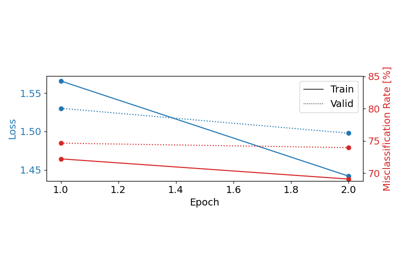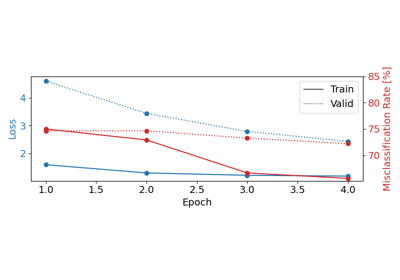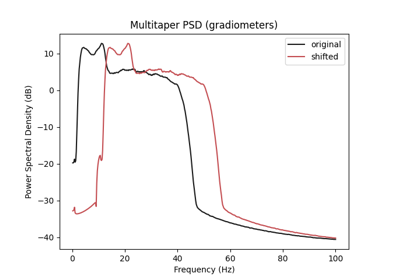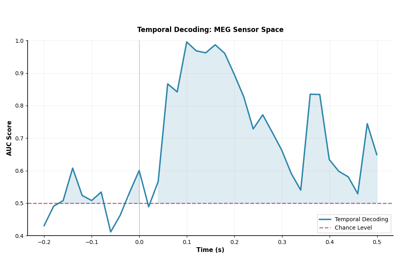braindecode.models.EEGModuleMixin#
- class braindecode.models.EEGModuleMixin(n_outputs=None, n_chans=None, chs_info=None, n_times=None, input_window_seconds=None, sfreq=None)[source]#
Mixin class for all EEG models in braindecode.
This class integrates with Hugging Face Hub when the
huggingface_hubpackage is installed, enabling models to be pushed to and loaded from the Hub usingpush_to_hub()andfrom_pretrained()methods.- Parameters:
n_outputs (int) – Number of outputs of the model. This is the number of classes in the case of classification.
n_chans (int) – Number of EEG channels.
chs_info (list of dict) – Information about each individual EEG channel. This should be filled with
info["chs"]. Refer tomne.Infofor more details.n_times (int) – Number of time samples of the input window.
input_window_seconds (float) – Length of the input window in seconds.
sfreq (float) – Sampling frequency of the EEG recordings.
- Raises:
ValueError – If some input signal-related parameters are not specified: and can not be inferred.
Notes
If some input signal-related parameters are not specified, there will be an attempt to infer them from the other parameters.
Hugging Face Hub integration
When the optional
huggingface_hubpackage is installed, all models automatically gain the ability to be pushed to and loaded from the Hugging Face Hub. Install with:pip install braindecode[hug]
Pushing a model to the Hub:
from braindecode.models import EEGNetv4 # Train your model model = EEGNetv4(n_chans=22, n_outputs=4, n_times=1000) # ... training code ... # Push to the Hub model.push_to_hub( repo_id="username/my-eegnet-model", commit_message="Initial model upload" )
Loading a model from the Hub:
from braindecode.models import EEGNetv4 # Load pretrained model model = EEGNetv4.from_pretrained("username/my-eegnet-model")
The integration automatically handles EEG-specific parameters (n_chans, n_times, sfreq, chs_info, etc.) by saving them in a config file alongside the model weights. This ensures that loaded models are correctly configured for their original data specifications.
Important
Currently, only EEG-specific parameters (n_outputs, n_chans, n_times, input_window_seconds, sfreq, chs_info) are saved to the Hub. Model-specific parameters (e.g., dropout rates, activation functions, number of filters) are not preserved and will use their default values when loading from the Hub.
To use non-default model parameters, specify them explicitly when calling
from_pretrained():model = EEGNet.from_pretrained("user/model", dropout=0.3, activation='relu')
Full parameter serialization will be addressed in a future update.
Methods
- get_torchinfo_statistics(col_names=('input_size', 'output_size', 'num_params', 'kernel_size'), row_settings=('var_names', 'depth'))[source]#
Generate table describing the model using torchinfo.summary.
- Parameters:
col_names (tuple, optional) – Specify which columns to show in the output, see torchinfo for details, by default (“input_size”, “output_size”, “num_params”, “kernel_size”)
row_settings (tuple, optional) – Specify which features to show in a row, see torchinfo for details, by default (“var_names”, “depth”)
- Returns:
ModelStatistics generated by torchinfo.summary.
- Return type:
torchinfo.ModelStatistics
- to_dense_prediction_model(axis=(2, 3))[source]#
Transform a sequential model with strides to a model that outputs.
dense predictions by removing the strides and instead inserting dilations. Modifies model in-place.
- Parameters:
axis (int or (int,int)) – Axis to transform (in terms of intermediate output axes) can either be 2, 3, or (2,3).
- Return type:
Notes
Does not yet work correctly for average pooling. Prior to version 0.1.7, there had been a bug that could move strides backwards one layer.
Examples using braindecode.models.EEGModuleMixin#

Cleaning EEG Data with EEGPrep for Trialwise Decoding
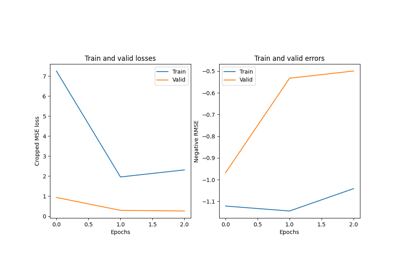
Convolutional neural network regression model on fake data.
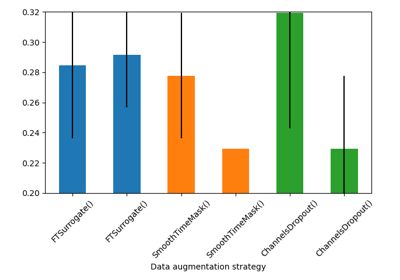
Searching the best data augmentation on BCIC IV 2a Dataset

Cross-session motor imagery with deep learning EEGNet v4 model

Self-supervised learning on EEG with relative positioning

Sleep staging on the Sleep Physionet dataset using Chambon2018 network
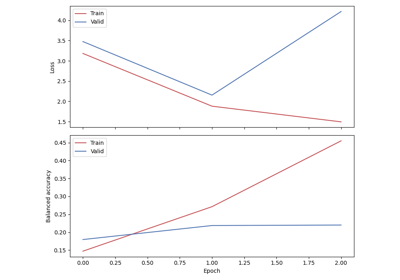
Sleep staging on the Sleep Physionet dataset using Eldele2021
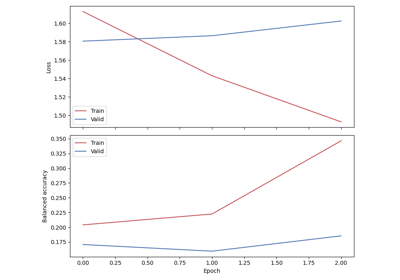
Sleep staging on the Sleep Physionet dataset using U-Sleep network

